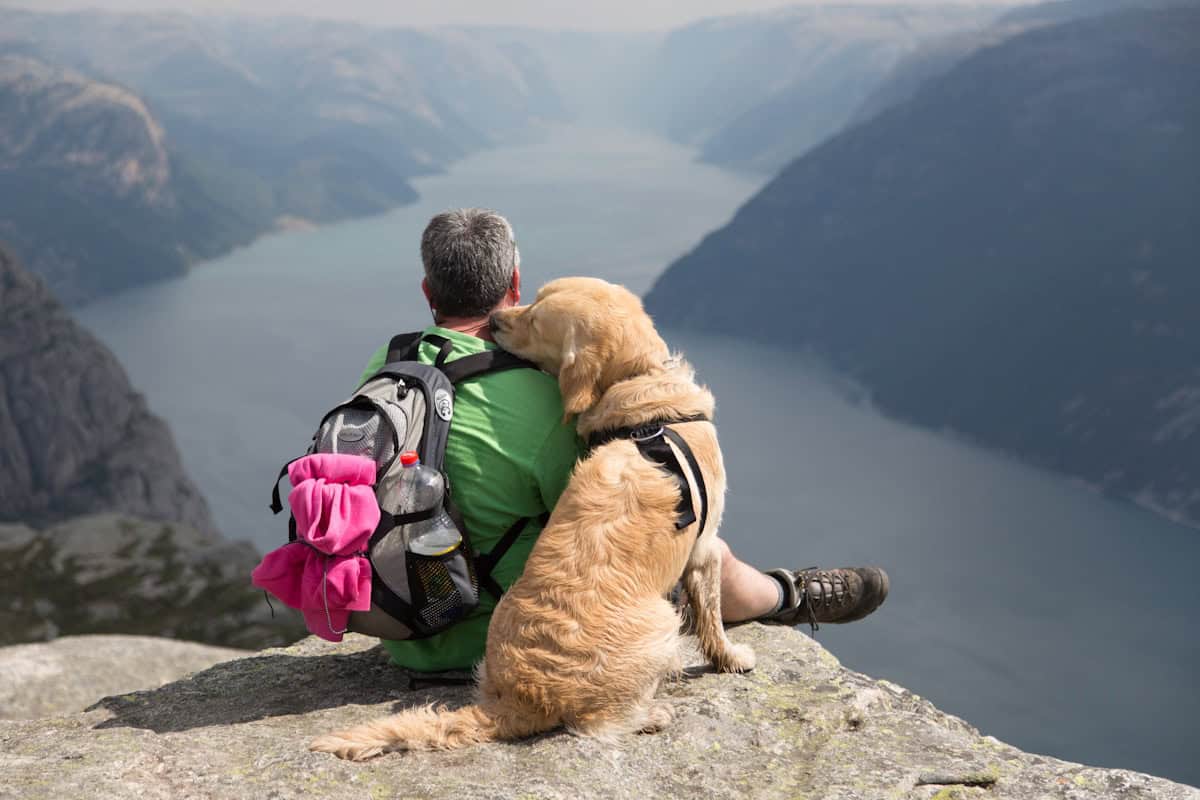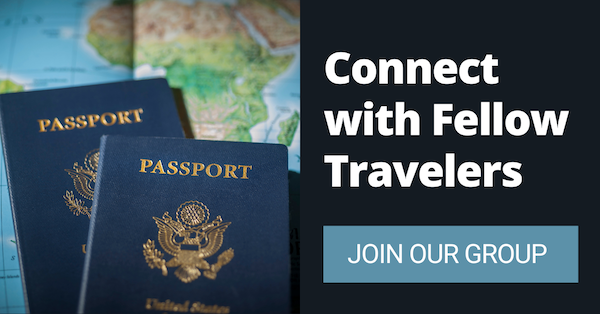
15 Smart Safety Gear Essentials for Solo Travelers
Skip to Section
Solo travel gives you the freedom that group trips can’t match. You eat when you’re hungry, sleep when you’re tired, and change plans without negotiating. But traveling alone means you’re responsible for your own safety, and a few smart tech tools can help you stay connected and confident without turning into a paranoid mess.
These aren’t bulky survival kits or obvious tourist targets. They’re practical gadgets that fit in your daypack and actually get used.
Let’s get started!
Stay Connected Anywhere
1. eSIM Cards for Instant Connection
Forget hunting down SIM card shops or paying airport kiosk prices. Using an eSIM card, you can download local data plans directly to your phone before you even board your flight. You land with working internet, working maps, and the ability to book rides or message contacts immediately.
This matters when you’re alone. No standing around airport arrivals looking lost while trying to figure out wifi passwords. You step off the plane already connected.
2. Portable Wifi Hotspots
When eSIMs aren’t enough or you need to connect multiple devices, portable hotspots like Solis provide reliable internet in dozens of countries. They’re especially useful in remote areas where local SIM coverage gets spotty.
Battery life usually lasts a full day of moderate use, and you can share the connection with other travelers you meet along the way.
3. Satellite Communicators
Heading somewhere truly remote? Satellite communicators, such as the Garmin inReach Mini, allow you to send text messages and share your GPS location even when there is no cell service. Hiking backcountry trails, driving through deserts, or visiting areas with unreliable infrastructure is a little less scary when you can call for help on a rugged backup device like this one.
Protect Your Belongings
4. GPS-Enabled Smart Luggage
Brands like Horizn Studios build tracking technology directly into luggage. When your checked bag takes an unexpected detour, you’ll know exactly where it ended up instead of standing helplessly at baggage claim.
5. AirTags and GPS Trackers
For bags that don’t have built-in tracking, AirTags and GPS trackers provide basic location monitoring. Slip one in your daypack, another in your main luggage, and you’ll always know if you’ve left something behind.
The network relies on nearby Apple users to ping locations, so they work best in populated areas rather than remote regions.
6. Anti-Theft Backpacks
Pacsafe and similar brands make backpacks with slash-proof materials, locking zippers, and RFID-blocking pockets. They look like regular bags, but they make it much more difficult for opportunistic thieves to grab your belongings in crowded markets or busy metro stations.
The slash-proof straps prevent motorcycle thieves from cutting your bag off your shoulder – a common tactic in some cities.
7. Portable Door Locks
Hotels are generally secure. Budget guesthouses and Airbnbs? Less predictable. Portable door locks wedge into door frames to prevent entry, even if someone has a key. They’re small, they’re legal, and they add a layer of security for just a few dollars.
Travel doorstop alarms combine a physical wedge with a loud alarm to alert you if someone tries to force the door open while you’re sleeping.
Personal Safety Devices
8. Discreet Safety Wearables
Flare bracelets appear to be everyday jewelry, but actually include hidden panic buttons. A subtle press sends your GPS location to emergency contacts or triggers a fake incoming call to help you exit uncomfortable situations.
Another option: Birdie personal alarms that emit 130-decibel sounds when activated, loud enough to startle attackers and draw attention.
9. Pepper Spray or Legal Alternatives
Check local laws first because pepper spray is illegal in many countries. Where it’s legal, a small canister provides non-lethal self-defense. Sabre makes keychain-sized options that fit in pockets. In places where pepper spray is banned, consider personal alarms (like the Birdie one mentioned above) or tactical flashlights with strobe functions that can temporarily disorient threats.
10. Tactical Flashlights
A bright flashlight serves multiple purposes beyond finding your way in the dark. Tactical flashlights with strobe modes can disorient potential threats, and the solid metal construction doubles as an improvised defensive tool if needed.
Look for lights with at least 500 lumens and USB rechargeable batteries.
Smart Room Security
11. Motion Sensor Cameras
Tiny cameras, such as those from Wyze or Kangaroo, allow you to monitor your room remotely. Set one up pointing at your door or valuables, and you’ll get smartphone alerts if motion is detected while you’re out.
They’re cheap, portable, and give you peace of mind when leaving electronics or important documents in accommodations you don’t fully trust.
12. Door and Window Alarms
Simple battery-powered alarms attach to doors and windows with adhesive. A door handle alarm costs under $15 and emits a loud noise if someone opens the entry point while the alarm is armed. Pack several to secure multiple access points in budget accommodations or rooms on the ground floor.
Health and Emergency Prep
13. Portable Water Purifiers
Getting sick from contaminated water ruins trips fast. LifeStraw and GRAYL make portable purifiers that remove bacteria, parasites, and microplastics from any freshwater source. It’s essential for remote areas, and helpful in avoiding single-use plastic bottles everywhere else.
14. First Aid Kits with Local Medications
Pack basic first aid supplies, plus medications that may be difficult to find locally. Include pain relievers, anti-diarrhea meds, antihistamines, and antibiotic ointment. Adventure Medical Kits makes travel-sized options for lots of different travel types. Research local pharmacy access at your destination and familiarize yourself with basic medical terms in the local language.
15. Emergency Contact Cards
Create waterproof cards with emergency contacts, your accommodation address, blood type, allergies, and any critical medical conditions. Keep copies in your wallet, daypack, and luggage. If something happens and you’re unable to communicate, these cards can speak for you. Include the contact information for your country’s embassy at each destination you visit.
Ready to Travel?
No amount of gear replaces common sense and situational awareness. Trust your instincts when something feels wrong, research destination-specific safety concerns before arrival, and share your itinerary with someone back home.
Technology helps, but your awareness and judgment matter more than any gadget. Use these tools to support smart decisions, not replace them.
Happy Travels!
Featured image by Angel Luciano on Unsplash
Information published on this website and across our networks can change over time. Stories and recommendations reflect the subjective opinions of our writers. You should consult multiple sources to ensure you have the most current, safe, and correct details for your own research and plans.
Frayed Passport is a participant in the Amazon Associates Program, an affiliate advertising program designed to provide a means for sites to earn advertising fees by advertising and linking to Amazon.com. We also may share links to other affiliates and sponsors in articles across our website.




